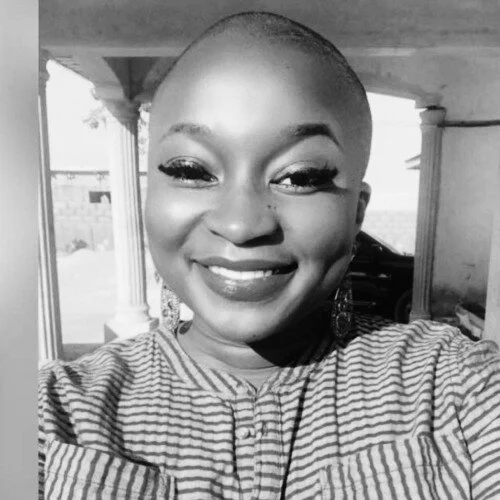Cultural Traditions and Body Parts
/One of my students from Japan became a new father this year. During a class, he showed me the small wooden box that Japanese parents use to save a newborn baby’s umbilical cord once it falls off of the baby’s stomach. I had heard of the tradition before but told him that Americans didn’t do that; in fact, most Americans would think it strange--or even unpleasant--because it was a dried, blackened piece of skin.
Of course, these kinds of customs are not necessarily logical; they are traditional. Take, for instance, the U.S. tradition of the tooth fairy: when American children lose a tooth, they put it under their pillow and wake up to find it replaced by money, supposedly left by the fairy who buys up deciduous teeth. The Japanese, on the other hand, take a lost tooth and throw it away. If it comes from the lower mouth, they will throw it up onto the rooftop; an upper tooth is thrown underneath the house—with no reward for the child, either up or down.
These traditions reminded me that my parents saved a lock of hair from my first haircut in a plastic bag inside my baby book of memorabilia. (We did not continue this custom for our children, and I am unaware if other families do this today.) Why do Americans save such items? Perhaps it is our preoccupation of celebrating “firsts” in a person’s life.
At the other end of life, Americans who cremate their relatives after death will sometimes store the ashes (called “cremains”) in a special container in their house. My wife has saved the cremains of all her past pets in small engraved boxes; she has instructed us to place the boxes in her casket so she can be buried with all her beloved dogs’ ashes.
Does your culture have special traditions with regard to body parts? Share them with me, along with the explanations of those traditions. I’ll post them in a future blog for all our readers.
------------
Note on other body parts: In the past, Americans have believed that a rabbit’s foot was a good-luck charm. People would buy the severed paw of a rabbit and attach it to their keychains for good luck. The paws were dried, and the fur was often dyed in bright colors. This association of good luck comes from the African-American tradition of hoodoo. (As many will point out, the rabbit who gave up his paw was not lucky at all!)







